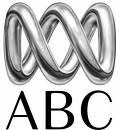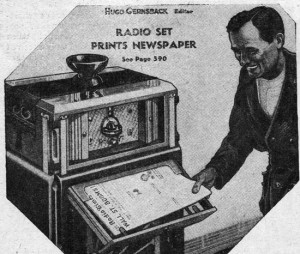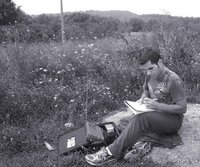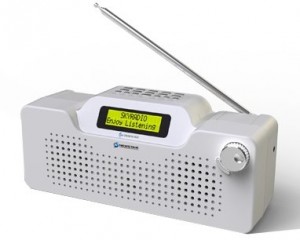 (Source: RCI Action)
(Source: RCI Action)
How can you help?
How can you help stop this drastic cut of 80% of Radio Canada International’s budget?
Please write to Canada’s Foreign Affairs Minister John Baird, Finance Minister Jim Flaherty, and Canadian Heritage Minister James Moore. (See addresses below.) If they are your Member of Parliament, please mention that as well.
Ask whether CBC/Radio-Canada should be deciding how strong or weak Canada’s Voice to the World should be?
Whether they feel comfortable with the fact our Chinese audience will now be cut off from RCI’s uncensored news about Canada and the World.
We feel because of the continuing cuts to RCI since 1990 (See: http://rciaction.org/blog), the government should give RCI financial autonomy and take RCI’s budget away from CBC/Radio-Canada’s control.
If you agree with us, please make your point of view heard.
We have very little time to achieve our goal. We’re counting on you.
Some points you might want to bring up with the ministers or your Member of Parliament:
- RCI’s budget has been cut by more than 80% – from $12.3 million to $2.3 million
- RCI newsroom will be eliminated, all newscasts cut
- RCI will no longer be a broadcaster, whether on shortwave or satellite
- Chinese audience will be cut off from uncensored news from RCI because only shortwave reaches the Chinese, the RCI website is blocked by China
- Important potential trading partners such as China, India, Russia, Brazil will be cut off from news from Canada, because the RCI website is blocked or the Internet not as accessible as in North America
- As Canadians we feel it’s essential Canada have a Voice to the World producing programming tailored for an audience not familiar with Canada
- Canada’s Voice to the World has been a respected source of journalism for the past 67 years
Please consider sending an e-mail to the three ministers, even if you live outside Canada. If you are in Canada, you can send letters free to the ministers, MPs and Senators.
Thank you,
RCI Action Committee
[email protected]
http://twitter.com/rci_action http://rciaction.org/blog
Addresses:
Foreign Affairs Minister John Baird E-mail: [email protected]
Mailing address:
Hon. John Baird
418N Centre Block
House of Commons
Ottawa, ON K1A 0A6
—————————-
Canada’s Finance Minister Jim Flaherty: E-mail: [email protected]
Mailing address:
Hon. Jim Flaherty
435-S Centre Block
House of Commons
Ottawa, ON K1A 0A6
—————————
Canadian Heritage Minister James Moore E-mail: [email protected]
Mailing address:
Hon. James Moore
15 Eddy Street, 12th Floor
House of Commons
Gatineau, QC K1A 0M5
——————————-
You’ll find e-mail and mailing addresses of all Members of Parliament here:
http://www.parl.gc.ca/MembersOfParliament/MainMPsCompleteList.aspx?TimePeriod=Current&Language=E
You’ll find e-mail and mailing addresses for all Senators here:
http://www.parl.gc.ca/SenatorsMembers/Senate/SenatorsBiography/ISenator.asp?Language=E
 On RCI’s Listener Letters and the RCI Action committee‘s website, you can read listener reactions to the looming RCI cuts.
On RCI’s Listener Letters and the RCI Action committee‘s website, you can read listener reactions to the looming RCI cuts.





